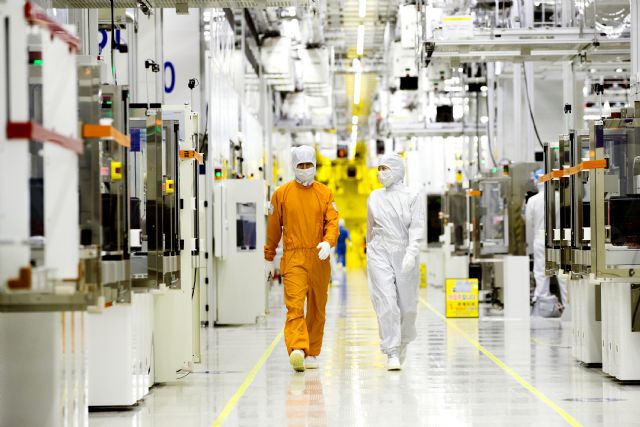Very much agreed.
It should be enough. IFS's gola is to have external customers account for approximately one-third of its revenue, which should be sufficient for its biz model.
Currently, there's a widespread assumption that TSMC will maintain its technical leadership indefinitely without any significant missteps. However, how long can this assumption be held true? For instance, SemiAnalysis reports that while TSMC's backside power implementation is more advanced than IFS's PowerVia technology, it is also more complex and potentially carries higher risks. This highlights that even industry leaders can face technical challenges and uncertainties.
Which is precisely why TSMC is introducing BSPD as a "second-step" 2nm process (now called A16) after introducing GAA in 2nm (which is pretty much 3nm metal with new transistors underneath) -- do one big new thing at a time to reduce risk, and so it's not a total disaster if things get delayed or have problems. Which is where Intel fell over with 10nm, trying to do too many radical changes all at the same time, they tried to do a massive leap forwards and fell over... :-(
I expect A16 will be a "pipecleaner" for BSPD like N7+ was for EUV -- and for the same reason, not so many customers because of increased risk (perceived or real) with new technologies and that layouts/libraries are not compatible with N2 so there's no quick/easy switchover in either direction. Once BSPD has been thoroughly debugged and derisked by A16 it'll be adopted much more widely (in A14?), like N5 was as the first big-EUV process following the N7+ pipecleaner.

